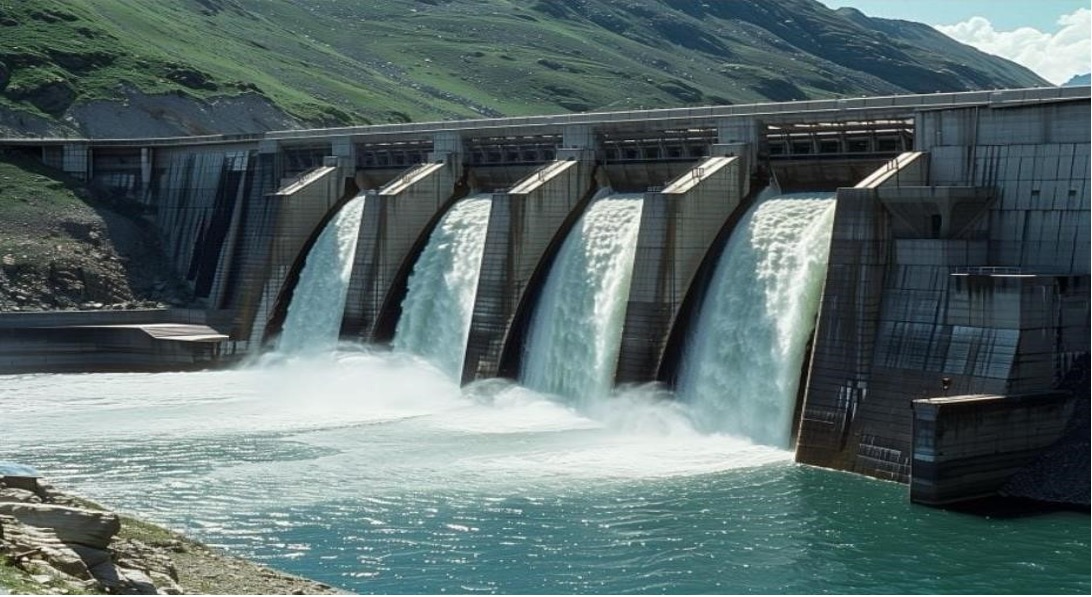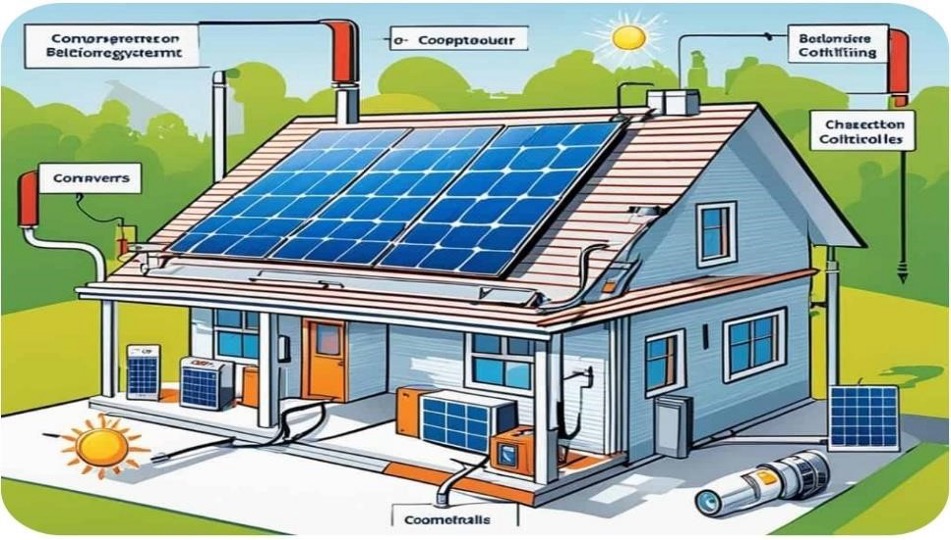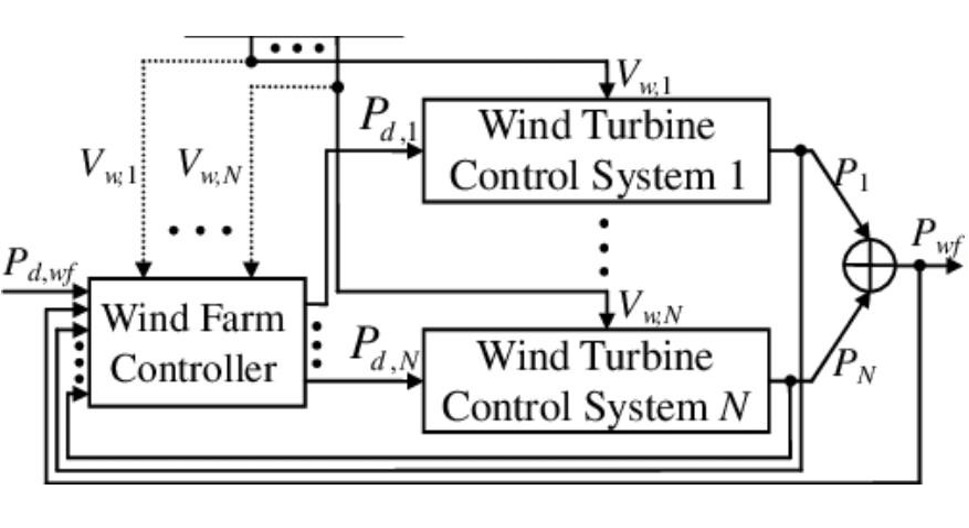

Breaking Free From Fossil Fuels: The Sustainable Energy Transition
INTRODUCTION
The past decade has been marked by a series of alarming climate-related events that have profoundly impacted lives and livelihoods around the globe. In 2022 alone, the United States faced 18 distinct weather and climate disasters, each causing damages exceeding one billion dollars [1]. From devastating floods to destructive hurricanes, these extreme phenomena serve as a stark reminder of the urgent need for action. As part of the United Nations' Agenda 2030 for Sustainable Development, launched in 2015, transitioning to sustainable energy is a critical strategy to combat climate change. This initiative not only addresses the environmental crisis but also paves the way for a more resilient and equitable energy future.

Figure 1. U.S. 2022 Billion-Dollar Weather and Climate Disasters [1].
RENEWABLE ENERGY TRANSITION
Renewable energy derives from natural resources that are continually replenished, such as wind, tides, rain, sunlight, and geothermal heat. This energy can be harnessed in various forms, including solar power, wind power, geothermal energy, and hydropower. Key strategies for promoting this transition involve investing in clean energy technologies, enhancing energy efficiency, and enacting supportive policies such as carbon pricing and tax incentives. Crucial steps also include phasing out fossil fuel subsidies, electrifying transportation and industry, and developing smart grids [2].
Transitioning to renewable energy presents significant challenges, particularly as many countries remain heavily reliant on fossil fuels to meet their energy needs. The combustion of fossil fuels contributes to greenhouse gas emissions, which have been linked to climate disruptions. These changes manifest in severe seasonal shifts that lead to floods, health crises, and food shortages worldwide. Therefore, it is imperative to reduce greenhouse gas emissions and strive for net-zero emissions. The decreasing costs of solar and wind energy are encouraging more nations to adopt renewable energy solutions, regardless of their existing policies.

Figure 2. Renewable Energy Transition [3].
APPROACHES TO RENEWABLE ENERGY TRANSITION
Sustainable energy encompasses various sources, including solar, wind, and hydropower. Each of these sources comes with its unique techniques, technologies, and challenges.
Impoundment hydropower, the most prevalent form of hydroelectric power, generates electricity by storing water in reservoirs created by dams. The water released from these reservoirs flows through turbines, driving generators to produce electricity. This method not only generates energy but also offers benefits such as flood control, irrigation, and water supply.

Figure 3. Hydropower Dam [4].
Tidal and wave energy harness the ocean's movements to generate power. Tidal energy employs barrages or turbines to capture energy from predictable tidal flows, while wave energy converters transform wave motion into electricity. This renewable source provides a reliable and consistent power supply by utilizing the ocean's continuous movement [5].
Photovoltaic (PV) systems convert sunlight into electrical energy using solar panels made from semiconducting materials. These panels contain photovoltaic cells that absorb sunlight, generating direct current (DC) electricity. An inverter then converts the DC power into alternating current (AC), making it suitable for household and commercial use. The efficiency of PV systems depends on factors such as panel quality, installation angle, and environmental conditions [6].

Figure 4. Solar Photovoltaic System [7].
Wind farm control systems optimize energy production and reduce wear on turbines through advanced regulation. These systems use sensors and software to monitor and manage turbine performance. Techniques like wake steering redirect turbine wakes to minimize interference, while dynamic induction control adjusts turbine operation to maximize energy output.

Figure 5. Wind Farm Control System [8].
CHALLENGES
The path toward a sustainable energy transition is fraught with challenges. Technologically, limitations in energy storage, grid integration complexities, and scalability issues persist. Financially, high upfront costs for renewable energy infrastructure, coupled with policy uncertainties and lingering fossil fuel subsidies, pose significant hurdles. Socially, public acceptance, workforce transitions, and equity concerns, especially in communities dependent on fossil fuel industries, must be addressed [9].
Geopolitical tensions and global cooperation challenges further complicate international coordination and technology transfer. Climate change itself remains a formidable obstacle, as rising temperatures and extreme weather events strain energy systems and necessitate adaptive resilience measures [10].
CONCLUSION
The initiatives undertaken by several developed countries in renewable energy transition are commendable. Nations like Norway, Sweden, and Denmark are at the forefront, leading the charge through substantial investments in renewable energy, electric vehicle incentives, and carbon pricing strategies. The U.S., China, and India have also set ambitious targets for renewable energy, aiming for 20% wind and solar power by 2030, 35% non-fossil fuels by 2030, and 40% non-fossil fuels by 2030, respectively [11].
The rewards of a successful renewable energy transition are profound, offering the potential to sustain our planet for future generations. This is a call to action for governments worldwide to implement policies that mandate a certain percentage of the energy mix come from renewable sources.
The journey toward sustainable energy must begin now and occur everywhere. While we may not achieve it all at once, every incremental effort contributes significantly to the brighter future we envision for our planet.
Author(s): Eric Owusu, Luckman Aborah Yeboah, Samuel Osei-Amponsah.
REFERENCES
[1]A. B. Smith, “2022 U.S. billion-dollar weather and climate disasters in historical context | NOAA Climate.gov.” Accessed: Oct. 30, 2024. [Online]. Available: https://www.climate.gov/news-features/blogs/beyond-data/2022-us-billion-dollar-weatherand-climate-disasters-historical
[2]International Renewable Energy Agency (IRENA), “Vietnam Energy Statistics 2020,” National Energy Efficiency Programme (VNEEP), vol. 2020, p. 117, 2020.
[3]A. Dreisiebner, G. Kekelidze, K. Krybasheva, and C. Orozobekova, “Energy Transition for Sustainable Development: Perspectives for Solar and Wind Energy, Expert Discussion - Bulan Institute.” Accessed: Oct. 30, 2024. [Online]. Available: https://bulaninstitute.org/energytransition-for-sustainable-development-perspectives-for-solar-and-wind-energy-expertdiscussion/
[4]Argonne National Laboratory, “Science Simplified: What Is Hydropower?” Accessed: Oct. 30, 2024. [Online]. Available: https://scitechdaily.com/science-simplified-what-is-hydropower/
[5]“World Energy Trilemma Index | 2019 | World Energy Council.” Accessed: Oct. 30, 2024. [Online]. Available: https://www.worldenergy.org/publications/entry/world-energy-trilemmaindex-2019
[6]Solar Energy Industries Association, “Photovoltaics – SEIA.” Accessed: Oct. 30, 2024. [Online]. Available: https://seia.org/photovoltaics/
[7]Shubham-Kumar, “Solar inverter explained Archives - Fenice Energy.” Accessed: Oct. 30, 2024. [Online]. Available: https://blog.feniceenergy.com/tag/solar-inverter-explained/
[8]Y. Guo, W. Wang, C. Y. Tang, J. N. Jiang, and R. G. Ramakumar, “Model predictive and adaptive wind farm power control,” Proceedings of the American Control Conference, pp. 2890–2897, 2013, doi: 10.1109/ACC.2013.6580273.
[9]U. Nations, “Sustainable Development Goals Report 2020 | United Nations”, Accessed: Oct. 30, 2024. [Online]. Available: https://www.un.org/en/desa/sustainable-development-goalsreport-2020
[10]Intergovernmental Panel on Climate Change, “Decarbonization of the Economy: Energy System Transformation,” Madrid: IPCC, Dec. 2019. Accessed: Oct. 30, 2024. [Online]. Available: https://apps.ipcc.ch/outreach/aboutevent.php?q=476
[11]NREL Analysts, “Energy Data Books | Energy Analysis | NREL,” NREL Analysts, 2018, Accessed: Oct. 30, 2024. [Online]. Available: https://www.nrel.gov/analysis/energy-data-books.html
Comments
The effects of climate change can't be vilified, but our effort can make the difference.
1 year agoGreat post! Transitioning away from fossil fuels is crucial for a sustainable future. It’s exciting to see how renewable energy can create cleaner air and new job opportunities. Let’s keep pushing for change!
1 year ago